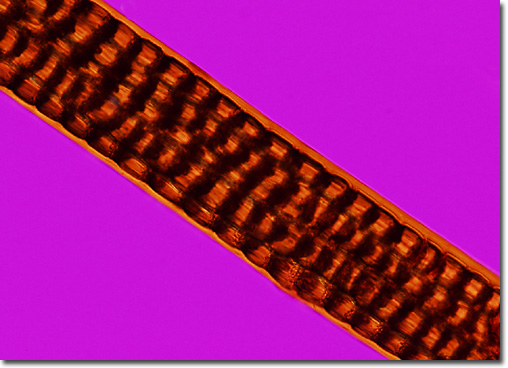|
Though the thick, plush fur of the Russian cony was once considered the best rabbit fur available, the development of newer, improved breeds has displaced this animal as the most desirable in the industry. The Castor Rex, for example, which was developed in the early 1900s, is a variety of rabbit that contains no long, stiff guard hairs in its coat. This selectively produced characteristic greatly simplified the process of readying rabbit pelts for the market, since no removal of the undesirable guard hairs was necessary. The satin Angora rabbit is another relatively new breed that exhibits fur that is considered more valuable by some than that of the Russian rabbit. By crossing a French Angora with a longish-haired mutation of a shorthaired satin rabbit, an animal with an unusually long, shiny coat was developed.
|
